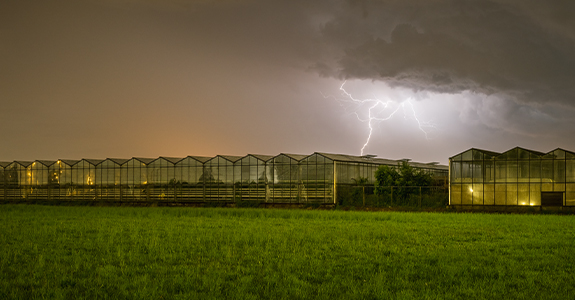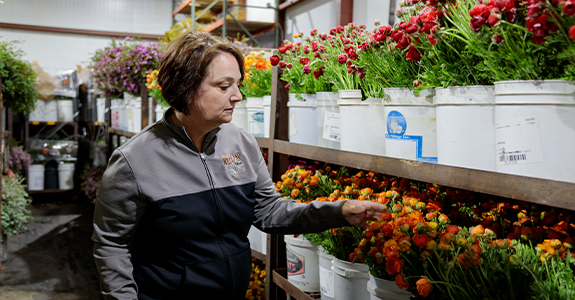Florist insurance costs: What to expect and how to build an effective policy

Purchasing florist insurance helps protect your floral business by providing coverage for unforeseen incidents and hazards.
Navigating the costs of florist insurance, choosing the right policy, and avoiding common pitfalls can be challenging. However, understanding what to expect and how to budget effectively can help you secure the right coverage for your business.
Tips for reducing flower shop insurance cost
Here are some steps you can take to help yourself when it comes to insurance costs.
Maintain a clean claims record: Minimizing claims is one of the most effective ways to lower your premiums. Implement strategies to minimize accidents, such as training employees on safety protocols, regularly maintaining equipment, and securing your facilities.
Invest in risk management: Measures such as installing security systems, upgrading building features, and adhering to best practices reduce the likelihood of claims over the long haul.
Bundle policies: Combining florist insurance with commercial auto or workers’ compensation can streamline management and help reduce costs.
Reassess your policy annually: Review your coverage annually to avoid overpaying for outdated policies or overlooking new risks, services, or products.
Common pitfalls and how to avoid them
Underinsurance is a significant risk, often stemming from choosing the cheapest policy. While cost is a critical factor, inadequate coverage can leave you exposed to substantial financial losses in the event of a fire or lawsuit. Comprehensive policies may have higher upfront costs but can help you save money in the long term by potentially reducing claim-related expenses.
On the other hand, overinsurance—paying for unnecessary or redundant coverage—is also not ideal. Seek out customized policies that address the unique needs of your flower shop, providing adequate protection without overpaying for irrelevant features.
Insurers may update terms, exclusions, or pricing during policy renewals, which could affect your coverage. Reviewing these changes annually helps you stay informed and prepared.
Securing the proper insurance for your floral business
Florist insurance is an essential investment in helping protect your business. By understanding cost factors, evaluating coverage needs, and avoiding common pitfalls, you can build a policy that balances affordability and protection.
If you’d like to explore a tailored insurance plan for your floral operation, contact us. We’re ready to put our experience to work for you.

Safeguard Your Business From Severe Weather

A deep dive into horticultural commercial property insurance

Business Continuity Planning 101
The information in this article is for informational or entertainment purposes only. View our disclaimer by going to terms and conditions and clicking on Learning Center disclaimer in the table of contents.






